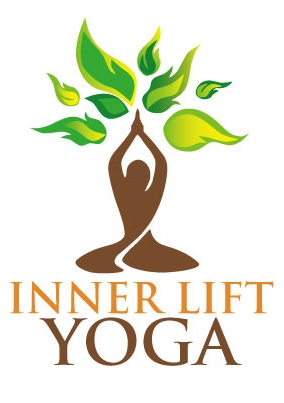The yogi realizes that his life and all its activities are part of the divine action in nature, manifesting and operating in the form of man. In the beating of his pulse and the rhythm of his respiration, he recognizes a flow of the seasons and the throbbing of universal life…
The needs of the body are the needs of the divine spirit which lives through the body. The yogi does not look heaven-ward to find God for he knows that He is within, being known as the Antaratma, the Inner Self. He feels the kingdom of God within and without and finds that heaven lies in himself.
--B.K.S. Iyengar, from the introduction to his book Light on Yoga (41)
Vermont blueberries
If Yoga Master and world-renowned yoga teacher B.K.S. Iyengar had to pass away from this world, I’m glad he waited until berry season. (Though I would guess that it’s probably not berry season in his hot home of Pune, India.) Iyengar was known for his detail-focused approach to yoga. Although I never took a class with the man, I have studied with some Iyengar teachers, and despite their differences in style, I could count on a nearly OCD-level obsession with detail. For example, it would not be unusual for an Iyengar teacher to squint across a classroom of students and call out, “Amanda, turn your big toe out by half an inch.”
Iyengar considered yoga to be a science, and indeed, his style is science-class yoga where students can feel like specimens. Though biology-class frogs are dead and tacked to a board, they are at least spared the embarrassment of being called out in front of the group to improve themselves. As in a science lab where one spends much time gathering beakers and microscope slides, much of an Iyengar class is spent collecting and properly arranging props. While the rest of the yoga world just rolls up into a shoulder stand – legs back, shoulders under, feet up – it takes an Iyengar yogi a good 20 minutes to enter this pose, what with the three blankets—folded in perfect German military style–the strap, or sometimes two straps, and often a chair.
Standing tall, Iyengar style
It’s true that I’m not crazy about this style. My practice is more in line with the Ashtanga tradition of Pattabhi Jois, the other famous yogi who studied alongside Iyengar at the foot of their master, T. Krishnamachara. Jois took the physical practice of yoga in a different direction entirely, focusing less on precise alignment and more on linking flowing movement with the rhythm of the breath. Since I like to move more than I like to fuss with blocks, I went the Ashtanga route.
So why do I care at all about Iyengar and his details? Because I admit that much can be learned by dissecting yoga poses and learning their intricacies. Turning the toe out by a half-inch will change the alignment of the foot and ankle, which changes the alignment of the leg, knee and hip, and also affect the back. One tiny move can change everything: this is the magic of yoga. Although practicing a pose with incorrect alignment once isn’t likely to be harmful, practicing a pose incorrectly every day for twenty years could bring trouble.
So even though I literally yawned through my first Iyengar class as I sleepily gathered props, I have dipped back in to this practice over the years to get new tips on the best way to stand in mountain pose or how to release the hip in janu sirsasana. And, truth be told, I have my own OCD-level obsession with details. (My partner, Pete, will verify this. So will my mom.) I think I sensed that I needed a yoga style to pull me out of my critical, nit-picking mind and into the flow of movement and breath. Had I gone whole-hog into the Iyengar camp, I wouldn’t be able to write this, to teach class, or to hike because I’d be locked in my yoga room, spending years in deep study on the anatomy of the foot.
To be fair, I come by my detail obsession honestly, a fact I remember each year during berry season. Not to boast, but I am a terrific forager. My critical eye allows me to thoroughly scan the forest for details, successfully spotting all the ripe berries and edible mushrooms to be had. This is why we humans evolved to be obsessives—so we could find enough food to feed ourselves.
Brain, find berries. Go!
And so I raise my berry-stained hands up in a prayer salute to B.K.S. Iyengar, a fellow human evolved enough to obsess over the details, to care enough about his students to force them to keep their toes in line to spare their backs, and to devote his life to the teaching of a practice that healed his infirmities. Even at age 90, Iyengar was practicing physical yoga for three hours a day, creating a light so strong that it continues to shine on us all.



